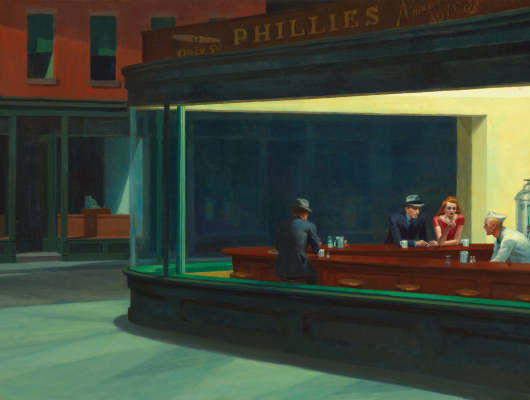The Food & Beverage industry: a natural pairing with the power to inspire a broad number of related activities, arts and crafts.
Few eat and drink to satisfy their daily needs, somehow struggling their way to the weekend one energy bar at a time, others are on a constant search for new flavors so stroll around town until finding unique bites able to please their taste buds, while others water down drinks and dishes “only” to feed the imagination. In fact, places of aggregation such as restaurants and bars are literally soaked with stories that there took place or were drafted.
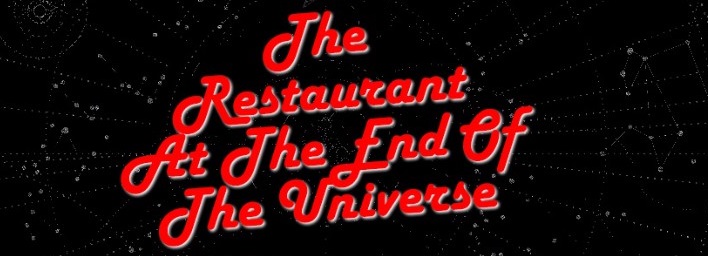
Could be over-stereotyped how frustrating may a writer’s life be, but over the course of their unscheduled lives, many celebrated authors, before becoming so, repeatedly found themselves stuck in front of a blank page thinking they would never overcome the anxiety of staring at a white paper without a drink or a bite.
To sum it up: flair on command, a white blank page, background voices and someone celebrating, miscellaneous cues but not a clue about how to put them together and write a story out of it, thirst and hunger. Take a generous handful of all the above-mentioned ingredients and mix them together, add a touch of bohemian culture and if luck and talent are on your side, you will get a literature masterpiece out of it.
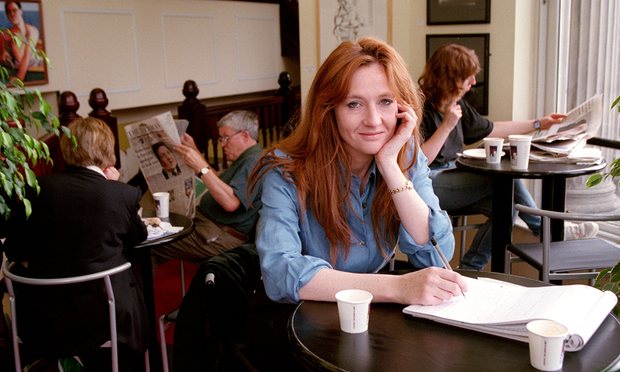
J.K. Rowling
Lucky us, the world is full of novelists that grace ordinary venues with their presence, turning bars and restaurants into iconic spaces. Take Harry Potter’s creator, J.K. Rowling who drafted the entire magicians’ saga in and out of several cafés in Edinburgh, hence introducing a new religion and a new way of going on a pilgrimage.
Fictional or not, restaurants and bars, whether they have been quoted in a plot or have served as space to fertilize such stories, become sites visited by books enthusiasts and fanatics who stop by trying to lift the feeling they got when they were reading such tale for the first time.

E. Hemingway in Cuba
Have a Daiquiri in the heart of La Havana with one of the most eclectic and renowned alcoholics in literature, found sit forever in bronze at the counter: Mr. Hemingway. Cuba is where Papa wrote one of his masterpieces, The Old Man and the Sea, so La Havana is where you will be most likely able to breathe the salty air that triggered the story.
Places of aggregation have always played a key role when it comes to engaging in theories that would eventually and sometimes radically shape cultures and countries. In terms of politics, for examples, see the Mexican risto-bar where Fidel Castro and Che Guevara plotted the first moves that lead to the Cuban revolution; a corner bar in sunny Mexico City that in 1955 hosted the first encounters of the two revolutionaries, sipping cortados till morning.
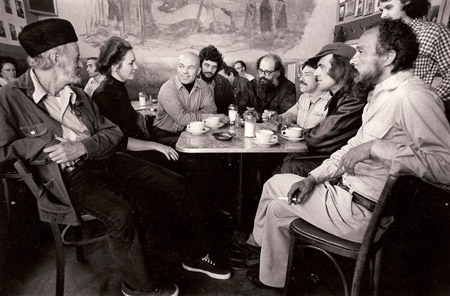
The Beat Generation at Caffè Trieste, San Francisco
A sticky round wooden table can become the cornerstone where literates of New York’s high society come together to debate, brainstorm and eventually launch celebrated magazines such as The New Yorker. So did Kerouac, Cassady, Ginsberg and Burroughs, the Beat Generation pioneer authors who in the ‘50s were regulars in many cafés and restaurants all over the west coast-- and the rest of America.
In other occasions, the creative minds of novelists have brilliantly staged fictional bars and restaurants where to set their characters’ adventures. The first fictional venue to recall is a five-stars diner that serves talking food at the end of time and matter: Milliways, found in the novel by Douglas Adams, The Restaurant at the End of the Universe, the second book of the trilogy. Other literature bars include the Korova Milk Bar from A Clockwork Orange by Burgess, the Lantenengo Country Club found in Appointment in Samarra by O’Hara, 1934, or the warm and cozy Whistle Stop Café from Fried Green Tomatoes by F. Flag.
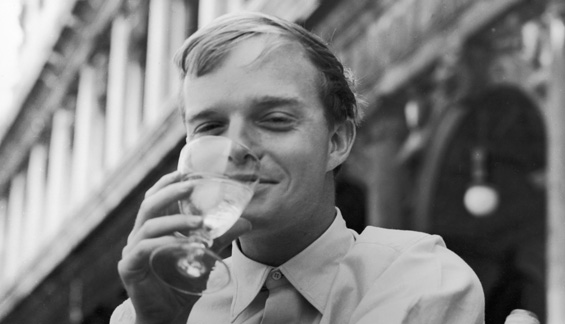
T. Capote
Authors were found at their regular tables in such literary watering holes around the world, namely between New York, Paris, and Dublin, while savoring their favorite drinks; Fitzgerald preferred a Gin Rickey, Dorothy Parker was a Martini lover, Truman Capote was devoted to Screwdriver, i.e. his orange drink made of vodka, orange juice and slices, while Bukowski would drink pretty much anything he could put his hands on: his “continuous lover” was the Boilermaker, a shot of whiskey with beer.
Cafés and restaurants will continue serving as poles that attract the pens-turned-fingertips of brilliant novelists longing for inspiration, places where even untalented people in a good mood would be able to romanticize common situations, transforming daily-life thrills and hassles into something remarkably beautiful, because nowhere else but in cafés and restaurants something will always happen.

